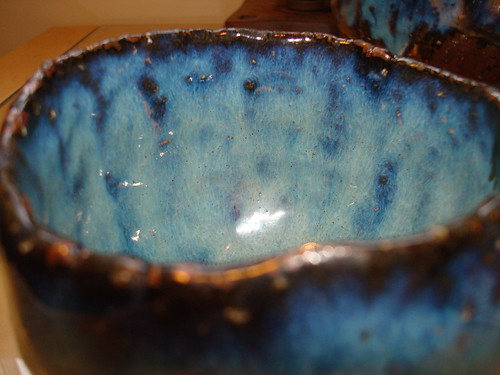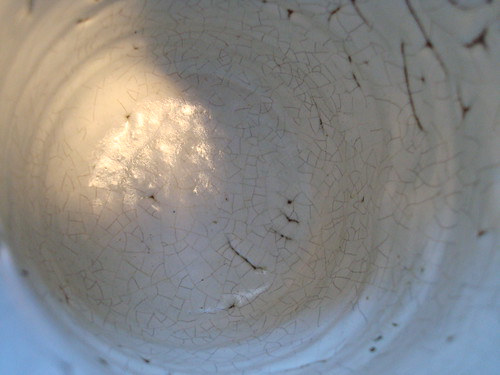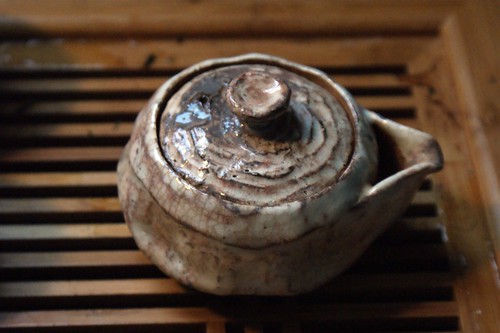While my teaware collection is of not modest size, I do at times feel there is one big gap in my collection. That is when it comes to my chawan, tea bowls are often one of the priciest pieces of teaware a Ceramics Collector, and drinker of Japanese Greens might ever acquire. That I feel is largely due to the Japanese tea ceremony focusing on preparing matcha, and often viewed as a way to "show off" excluding the possibility of showing off in terms of the setting, the main focus of the ceremony is the chawan. Show off is not the right word, but it is supposed to both complement the season and the aesthetic created in the room, and make good tea. But needless to say chawan that are visually stunning often are priced far above what would be expected if it were just to be labeled a bowl. The oddest part is in my understanding the early tea ceremony's used rather modest teaware, and in the place of the Chawan was actually a rice bowl shaped similarly to some of today's chawan.
So I present to you my "most stunning chawan" which in all honesty is not all that stunning, slightly impractical to use, and its focal feature is actually one that is growing on my nerves, in general pieces like this get on my nerves. I call it the "forced wabi sabi" mark, which when you look at many pieces of teaware and pottery of various styles, you occasionally see something like this, where the artist had intentionality dented the piece. When this is done it is usually in one place, so it is not forming pattern or shape, and the only feasible explanation for it could be to help someone grip the piece, but with my large hands that is never really needed, so I view it as an attempt for the artist to force an imperfection into the piece, hence "forced wabi sabi."
Another one of its annoying features, is whisking in it can be incredibly hard I do not know if it is the extra tall sides, or more likely I feel the diameter of the piece is just slightly too small. That and its dimensions look slightly off when viewing it, as it is slightly taller than it is wide, which looks unnatural to me when thinking of Chawan.



